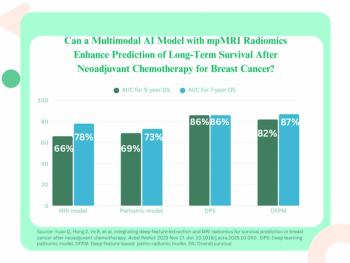
MRI Classifies Liver Cancer
Magnetic resonance imaging (MRI) and histological biopsy analysis are both efficient methods for subtyping hepatocellular adenomas (HCAs), according to a study published online Jan. 12 in Hepatology.
MONDAY, Jan. 31 (HealthDay News) -- Magnetic resonance imaging (MRI) and histological biopsy analysis are both efficient methods for subtyping hepatocellular adenomas (HCAs), according to a study published online Jan. 12 in Hepatology.
Maxime Ronot, M.D., from Hôpital Beaujon Clichy in France, and colleagues compared the diagnostic performance of MRI and biopsy with and without immunohistochemistry. They evaluated 47 HCAs with preoperative MRI and biopsy. MRI data were reviewed by two abdominal radiologists blind to the pathology and classification. Subtyping of HCAs on liver biopsy was blind to classification and to clinical, biological, and imaging data. Histological analysis based on morphological criteria and immunohistochemistry was performed when possible. Examination of the surgical specimen was the basis of the final subtyping of HCA.
The investigators found that radiologists correctly classified 85 percent of the HCAs, with very low inter-observer variability. Routine histological analysis correctly classified 76.6 percent of HCAs, and 81.6 percent when immunophenotypical characteristics were available. HCAs containing steatosis benefited most from the use of immunophenotypical markers for additional classification value. Agreement between MRI findings and histological analysis was observed in 74.5 percent of cases, indicating a likelihood ratio of more than 20 for subtype diagnosis.
"MRI and biopsy are two accurate methods for subtyping HCA. The diagnostic value is increased when these methods are associated," the authors write.
Newsletter
Stay at the forefront of radiology with the Diagnostic Imaging newsletter, delivering the latest news, clinical insights, and imaging advancements for today’s radiologists.




























